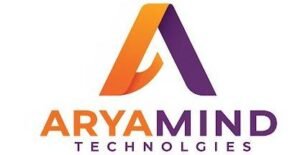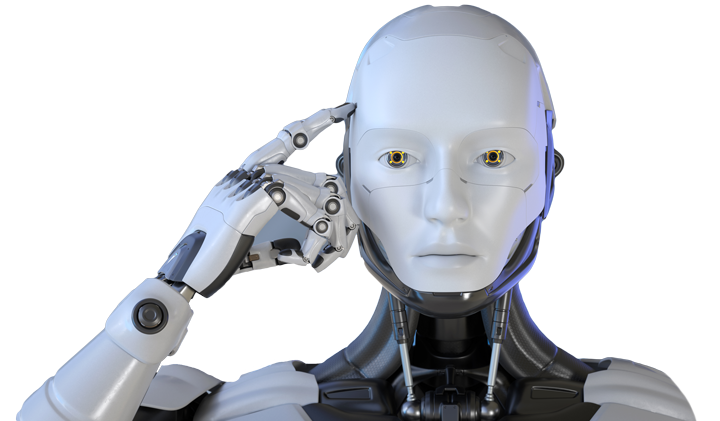Portfolio
Home » Portfolio
Showcasing The Impact Of Our Work
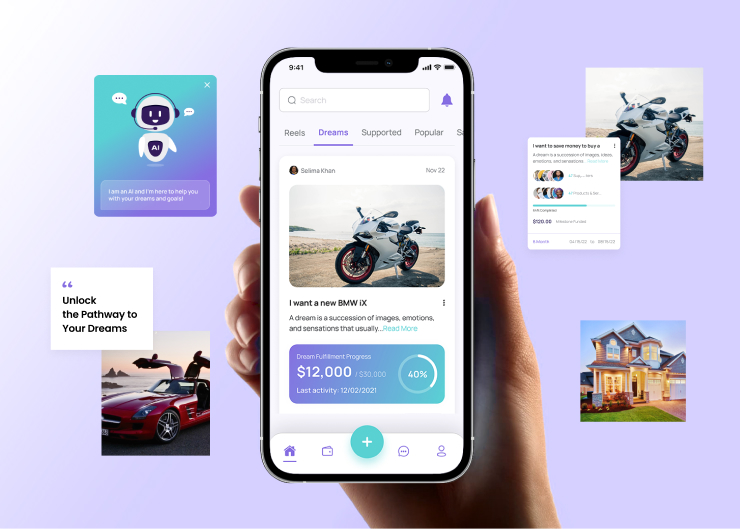
iDreamers
Mobile App Development, UI/UX Design
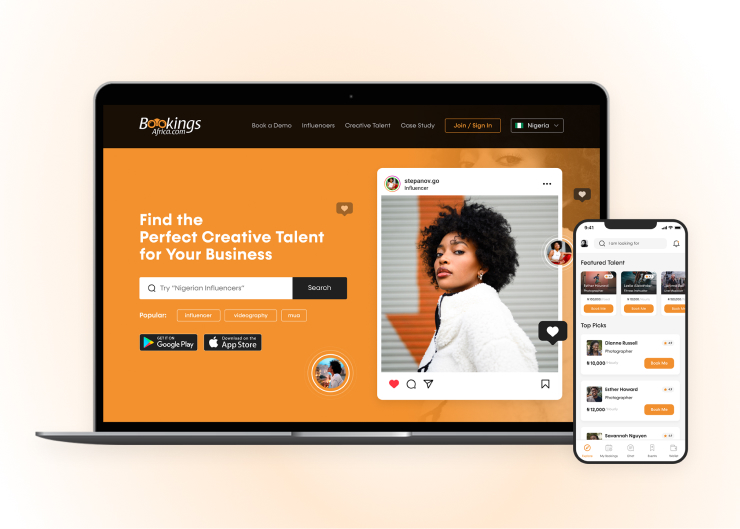
Booking Africa
Mobile App Development, Web Application
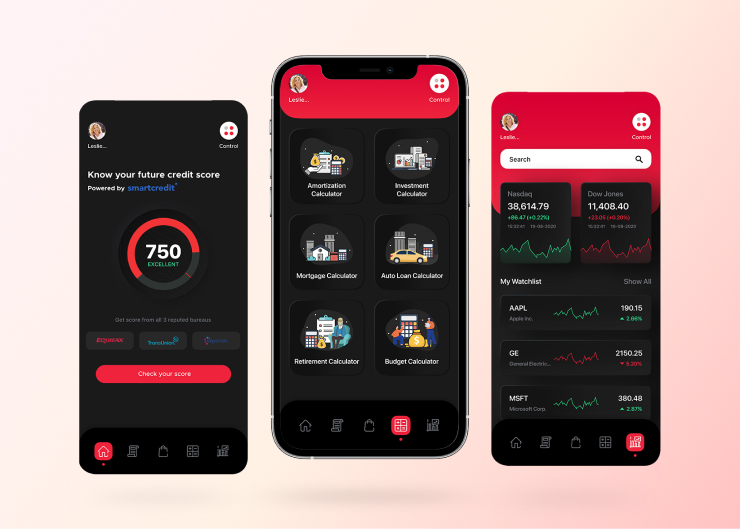
Credit Sweep
Mobile App Development, UI/UX Design

Mad Solution
Animation, WordPress, FrontEnd Development
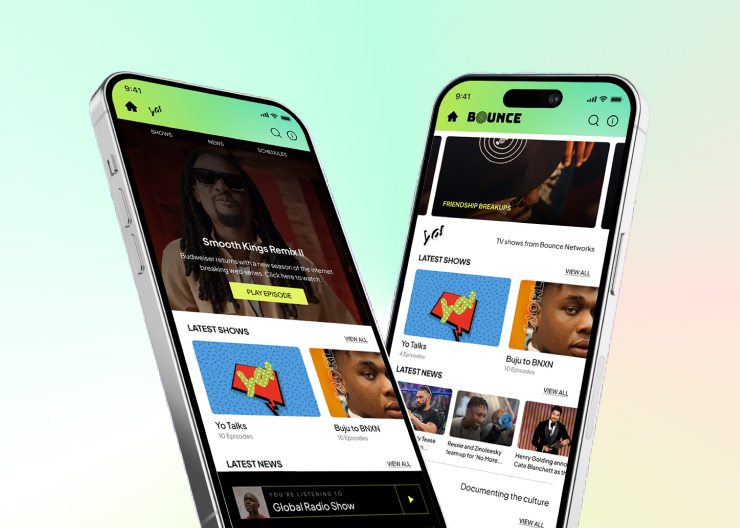
The Bounce
Web Application, Mobile App Development

Resultplan
UI/UX Design, Web Application

Zephansandco
Mobile App Development, UI/UX Design
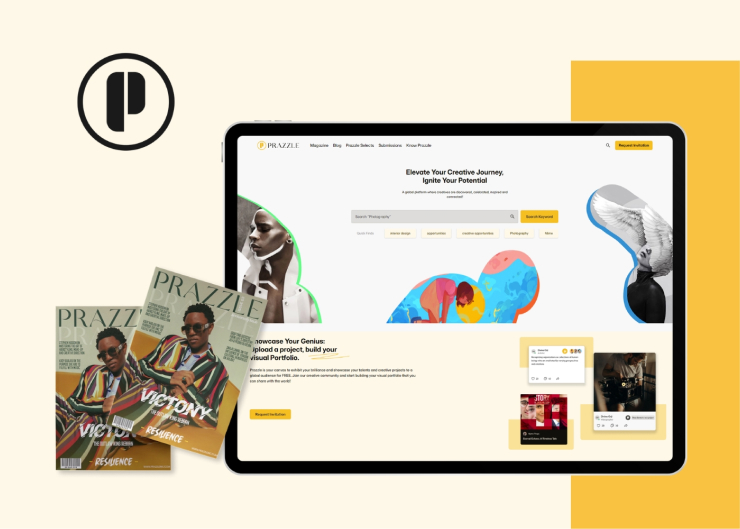
PRAZZLE
UI/UX Design, Web Application
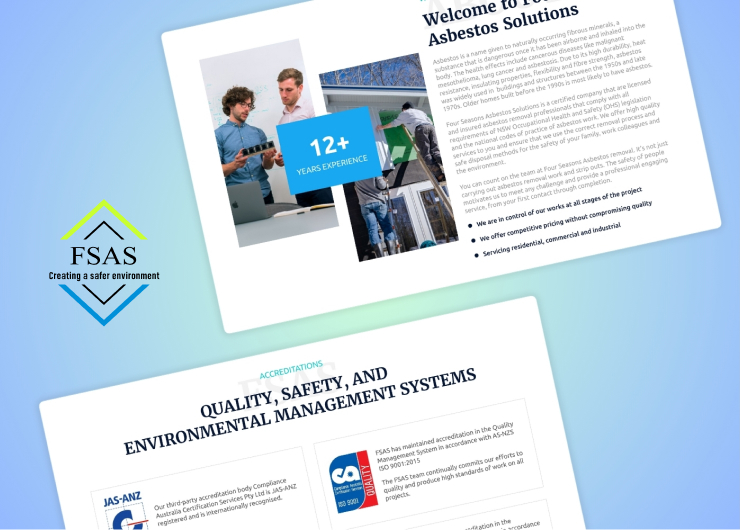
FSAS
WordPress, Web Designing

Avita Jewellery
Shopify, Custom Design

The Wine Export
UI/UX Design, Web Application

Lakhera Global Service
Mobile App Development, UI/UX Design

The Wine Export
Wine Exporter In Australia

Lakhera Global Service
LGS Educational Marketing
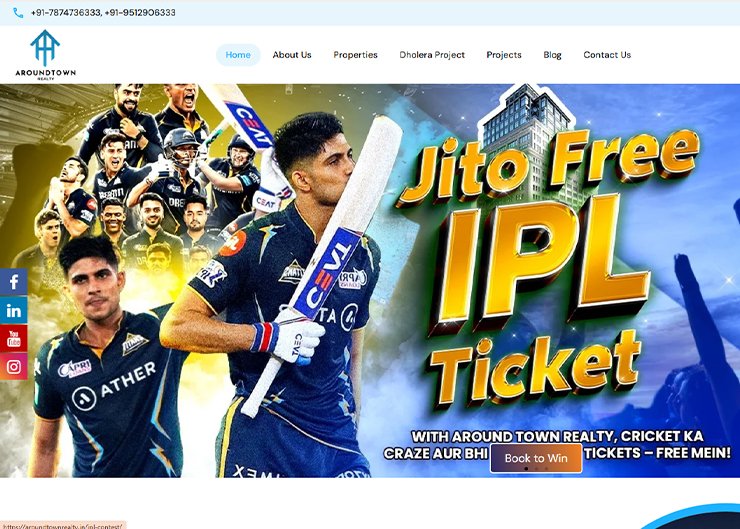
Aroundtown Realty
Real Estate Consultant

Big Daddy Car
Buy & Sell Luxury Used Cars
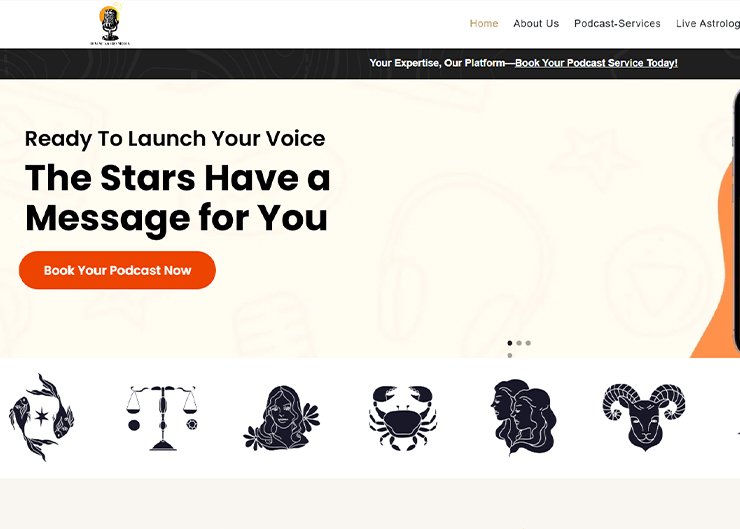
Divine Astro Media
Marketing for Astrologers
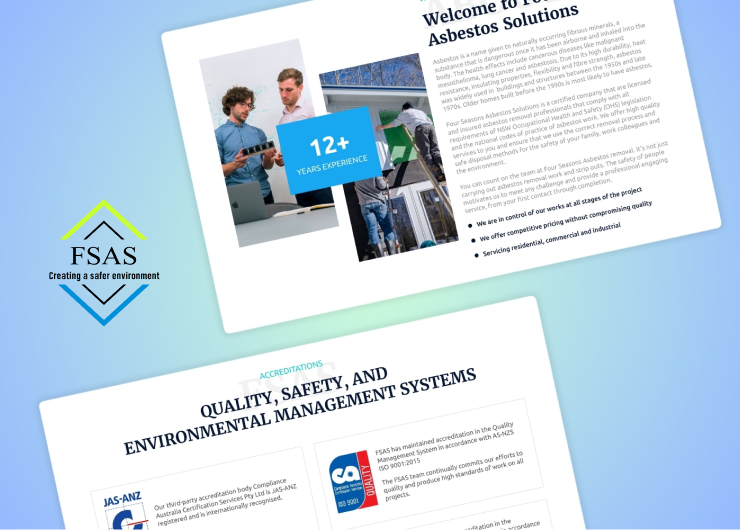
FSAS
WordPress, Web Designing

Avita Jewellery
Shopify, Custom Design

Agriculture
Mobile App Development, Web Application

Pandapac
Shopify
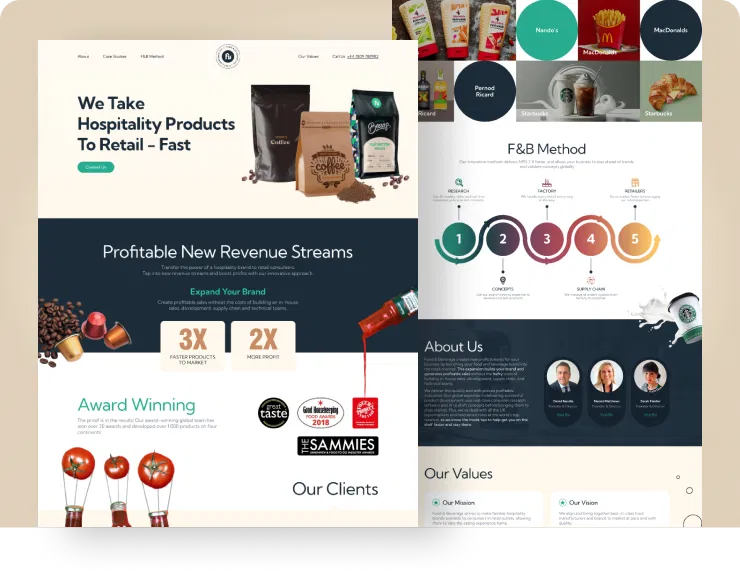
Food & Bev
Web Application, WordPress
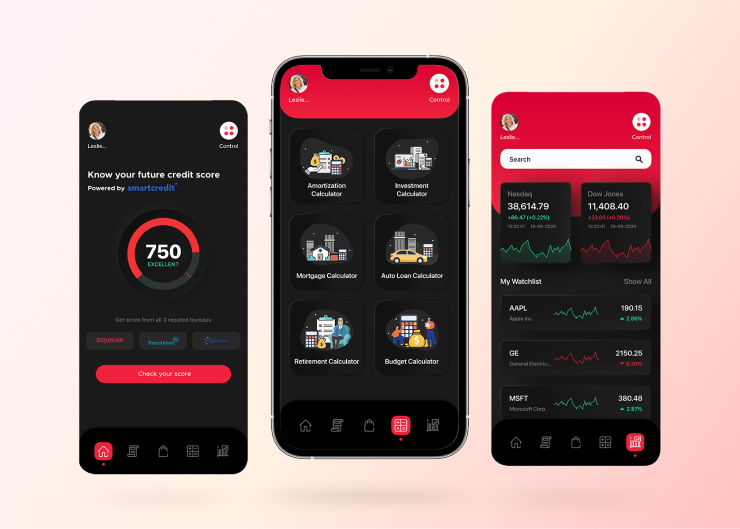
Credit Sweep
Mobile App Development, UI/UX Design
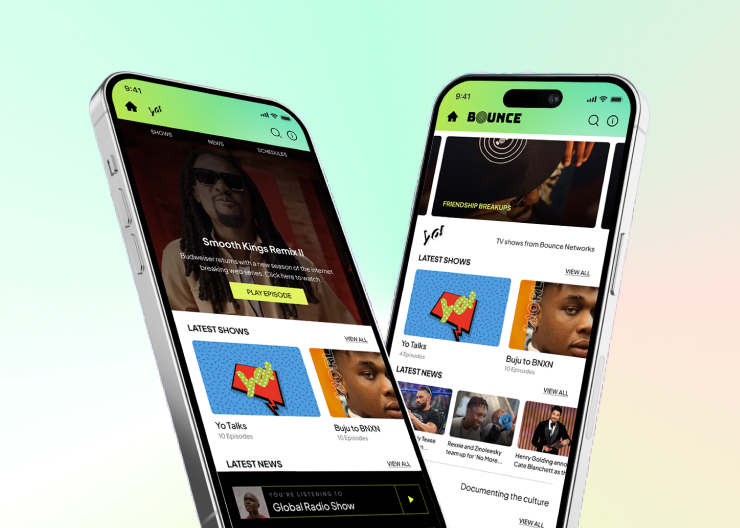
The Bounce
Web Application, Mobile App Development
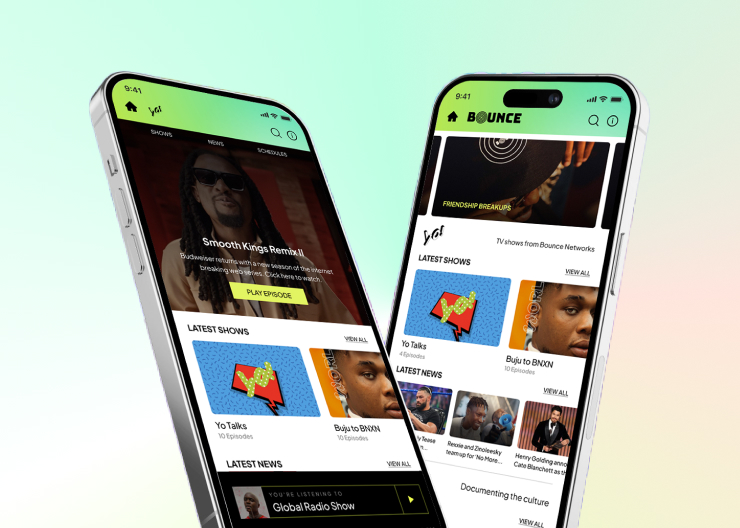
Zephansandco
Mobile App Development, UI/UX Design
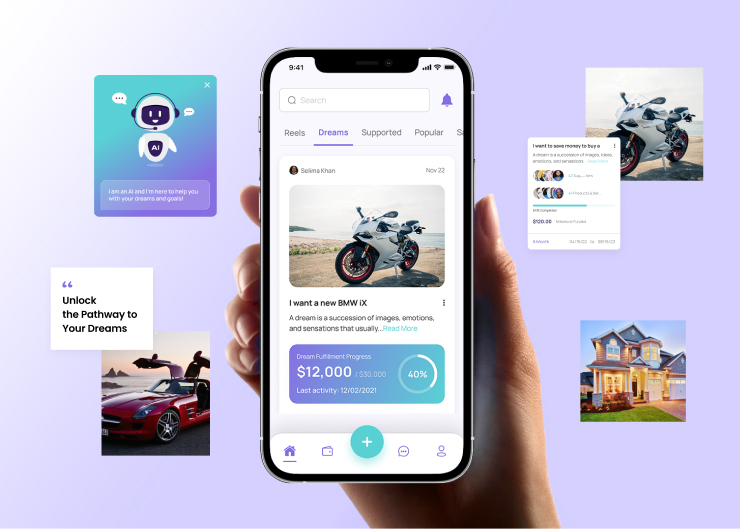
iDreamers
Mobile App Development, UI/UX Design
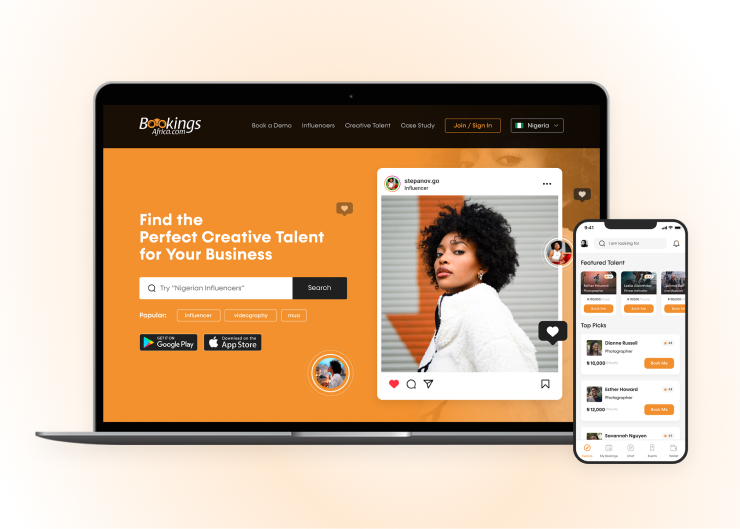
Booking Africa
Mobile App Development, Web Application
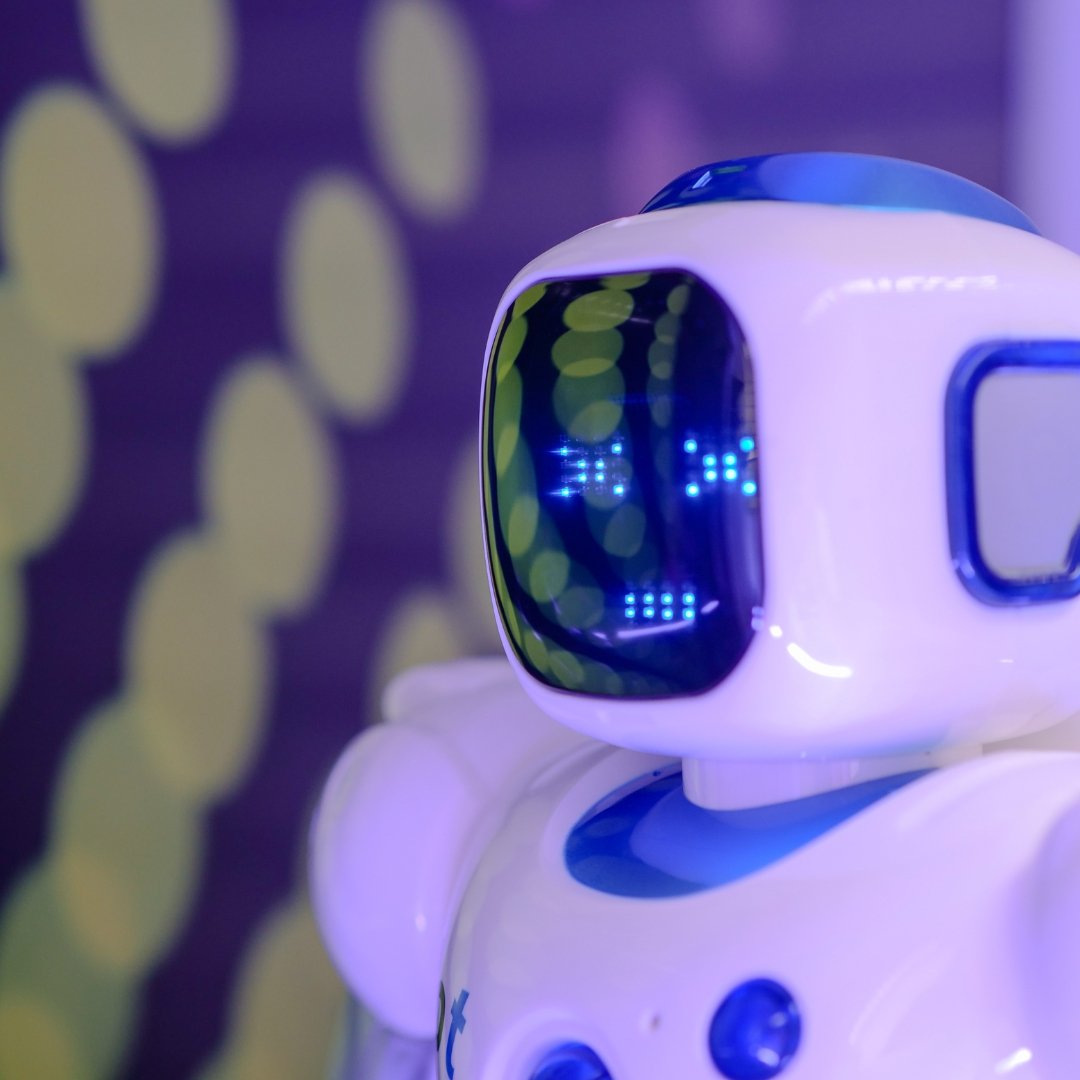
iDreamers
Mobile App Development, UI/UX Design

iDreamers
Mobile App Development, UI/UX Design

iDreamers
Mobile App Development, UI/UX Design
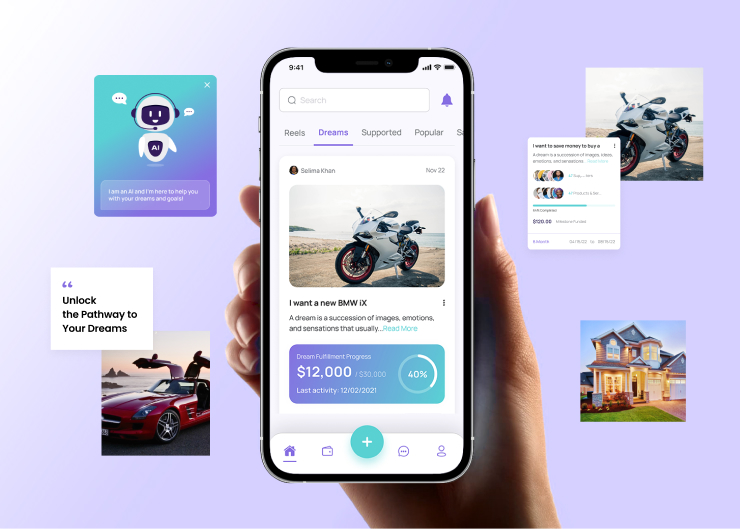
iDreamers
Mobile App Development, UI/UX Design
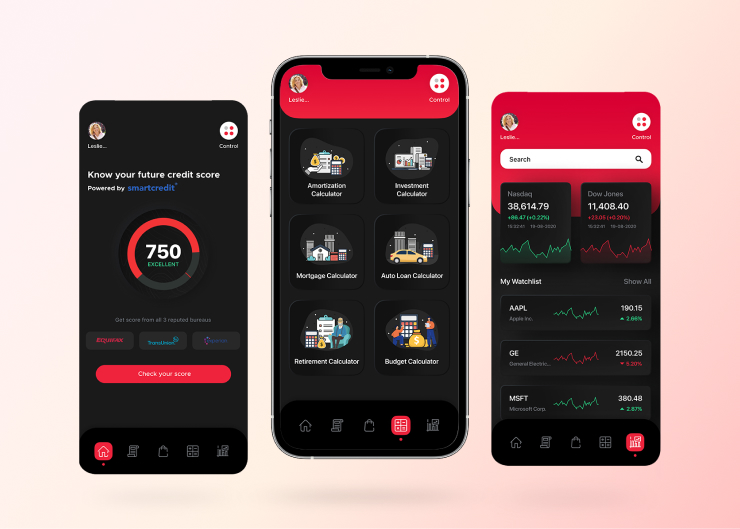
Credit Sweep
Mobile App Development, Web Application

Mad Solution
Animation, WordPress, FrontEnd Development

Resultplan
UI/UX Design, Web Application

Zephansandco
Mobile App Development, UI/UX Design

PRAZZLE
UI/UX Design, Web Application

FSAS
WordPress, Web Designing

Avita Jewellery
Shopify, Custom Design
AI data analyst agent
This AI agent example transforms spreadsheet data into an interactive, AI-powered knowledge base that enables users to gain deep insights through natural language queries, searchability, and comparative analysis by storing data in NocoDB.
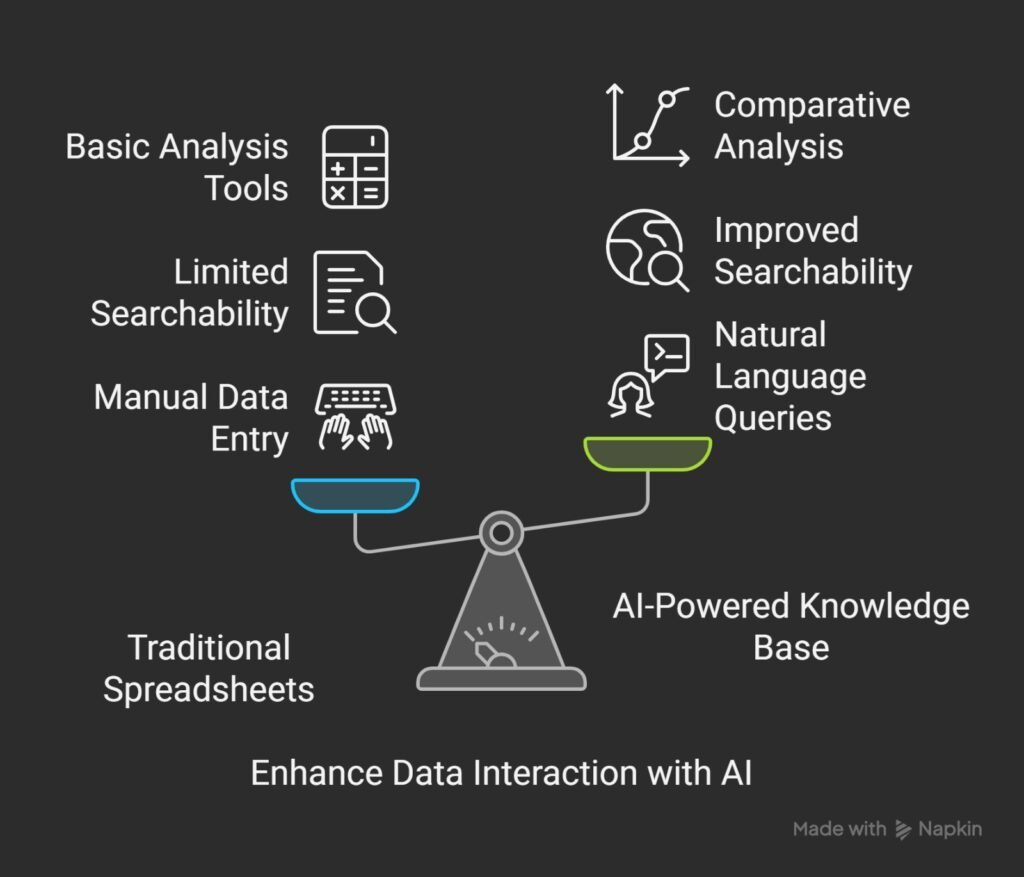
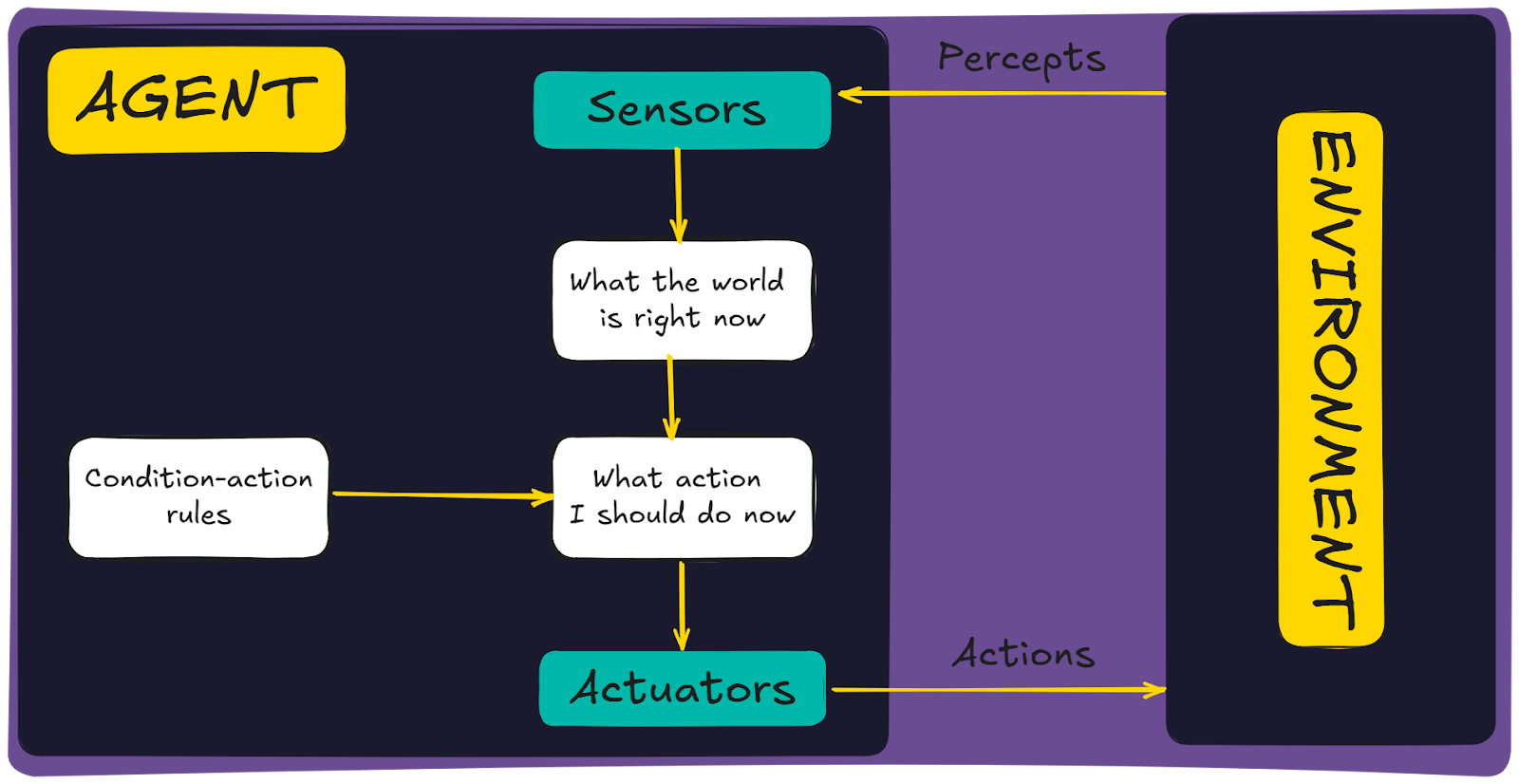
Simple reflect agents
A simple reflex agent is an AI agent that uses current data and ignores past data. It uses a set of condition-action rules coded into the system to make its decision or take any action. These agents are straightforward and are suitable for simple situations where a condition leads to an action.
An example of a simple reflex agent can be a spam filter in an email system. In this case, the filter can act as a simple reflex agent by analyzing incoming emails and classifying them as "spam" or "not spam" based on predefined rules or patterns
Model-based reflex agents
Model-based reflex agents are a little more sophisticated as they use the current state of the world and the internal model of that world to decide on the best action. So, basically, they partially observe the external environment by maintaining an internal environment.
This partial observation of the external environment allows them to update their understanding of the world they’ve analyzed before. For this reason, these agents are useful in environments where:
- Complete information isn’t available.
- Some form of history needs to be considered.
An example of a model-based reflex agent is a virtual assistant. Virtual assistants, in fact, maintain a model of the user's preferences, context, and past interactions to provide better responses.
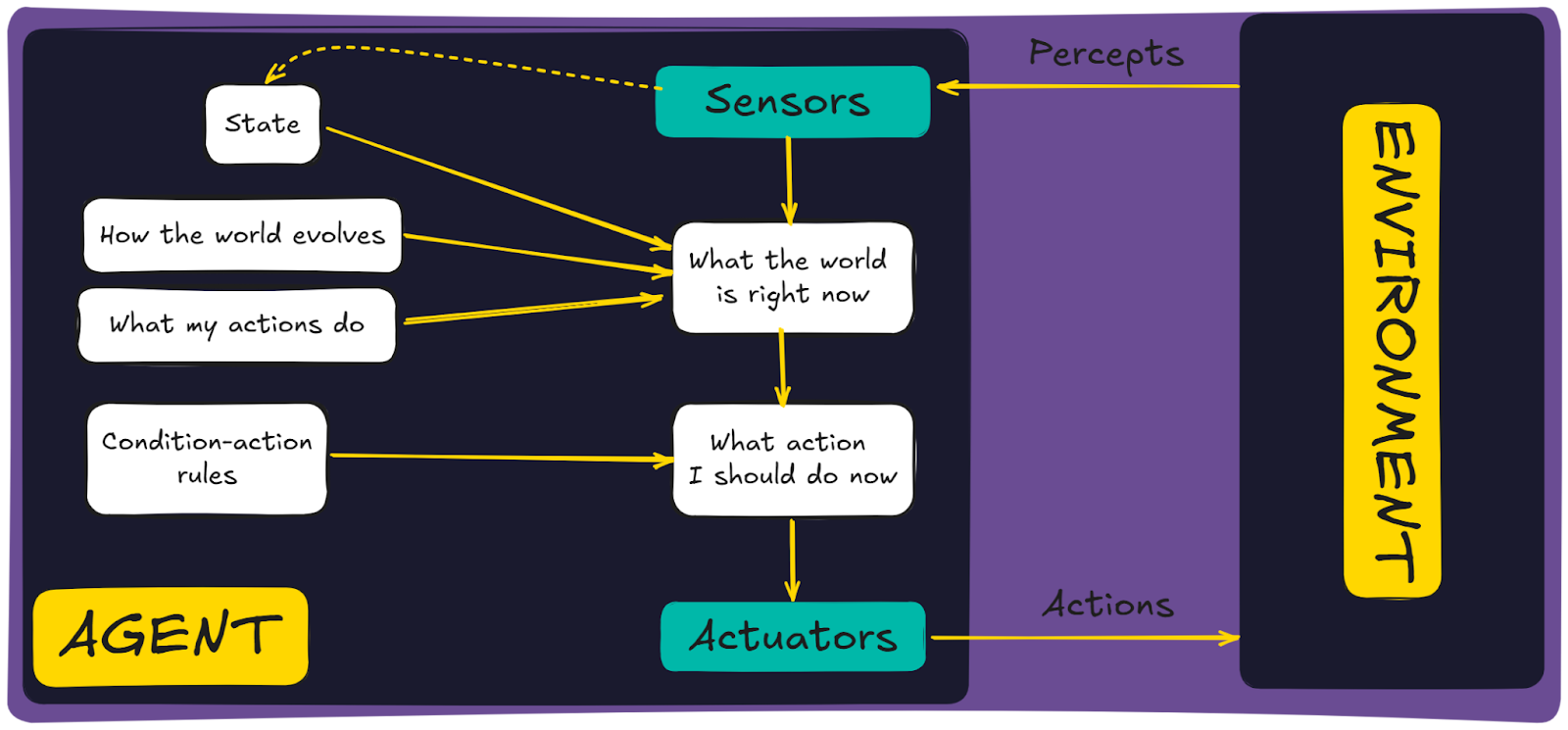
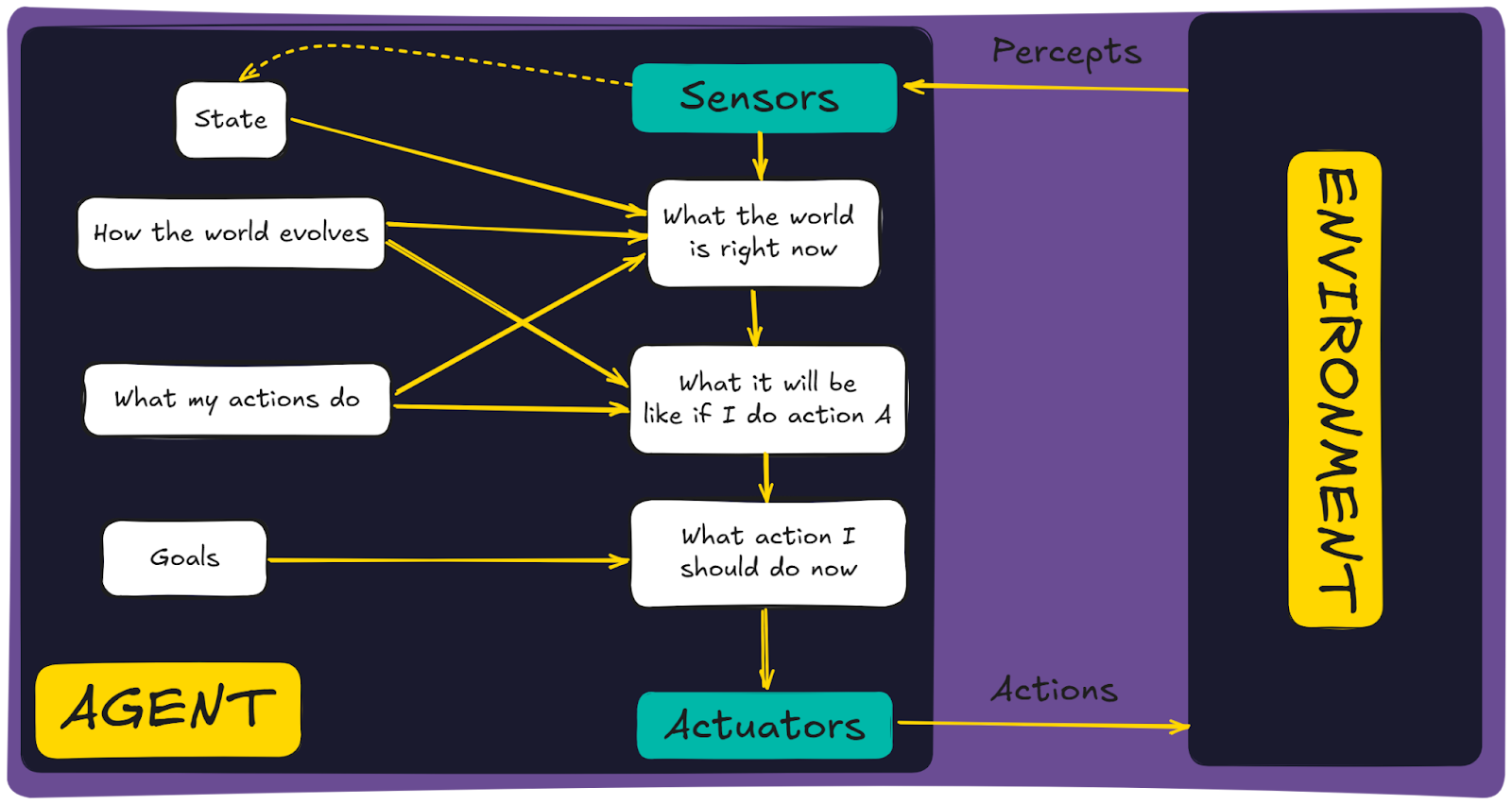
Goal-based agents
Goal-based agents use the model of the world they have to consider the future consequences of their actions to achieve specific goals.
These kinds of agents are ideal for complex planning and decision-making tasks where achieving a specific outcome is your priority.
An example of a goal-based reflex agent is a movie recommendation system. Netflix, YouTube, and other similar platforms have recommendation systems that aim to maximize user satisfaction by suggesting content the user is likely to enjoy. The system evaluates user preferences, past behavior, and available content, then selects recommendations that align with the goal of keeping the user engaged.
Utility-based agents
These agents are more advanced. They aim not just to achieve goals: they maximize a measure of satisfaction or happiness, which is known as utility. They evaluate the potential utility of different states and choose actions that maximize the utility parameter.
Utility-based agents are useful in scenarios that require optimization among different criteria and variables. For example, they excel in financial analysis and personalized recommendation systems where the best outcome depends on maximizing certain metrics.
An example of a utility-based agent is a stock trading bot. AI-powered trading systems analyze market data to decide when to buy, sell, or hold stocks. They do so by maximizing profit while minimizing risk and transaction costs.
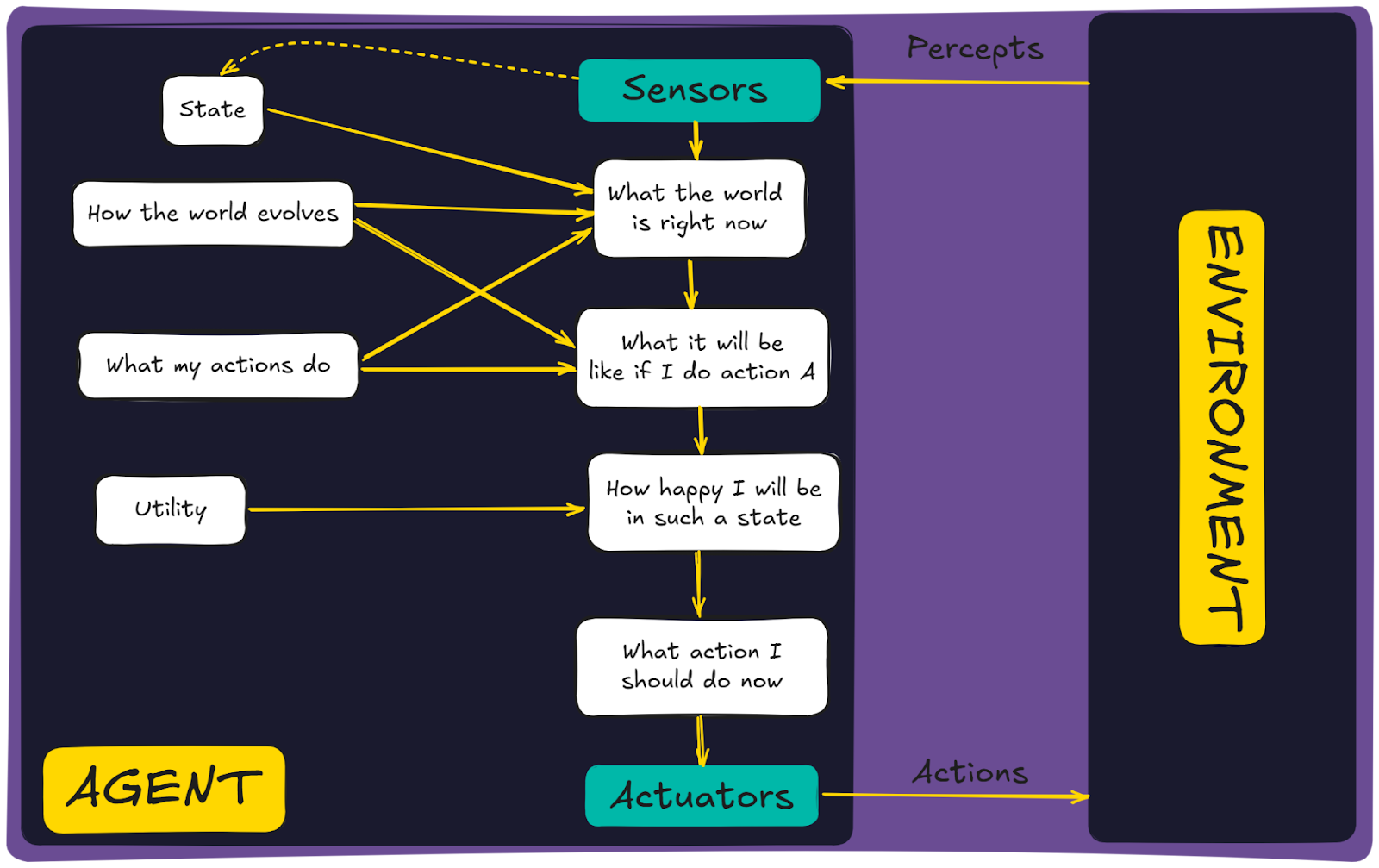
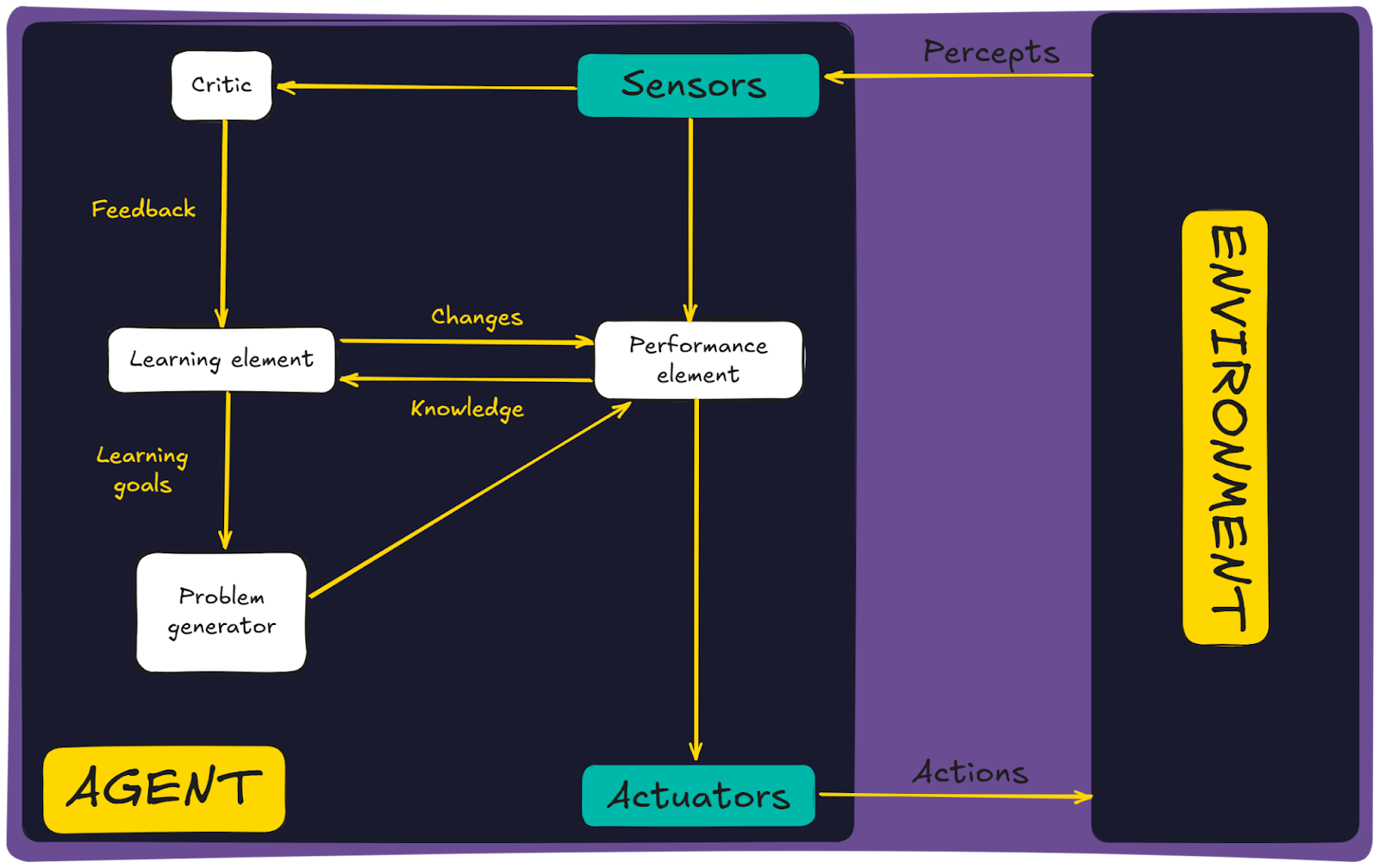
Learning agents
Learning agents improve their performance and adapt to new circumstances over time. They can modify their behavior based on past experiences and feedback, learning from the environment to make better decisions. So, basically, they start with a basic set of knowledge and constantly improve based on their experiences.
These agents are key in dynamic environments where conditions constantly change. For example, they're utilized in adaptive systems such as personalized learning platforms, market trend analysis tools, and evolving security systems that adapt to new threats.
Examples of learning agents are autonomous vehicles with adaptive learning. Self-driving cars, in fact, learn to improve their driving performance by analyzing real-world driving data. The car learns from its own driving experiences and from data collected by other vehicles in the fleet. The agent uses supervised learning and reinforcement learning.

